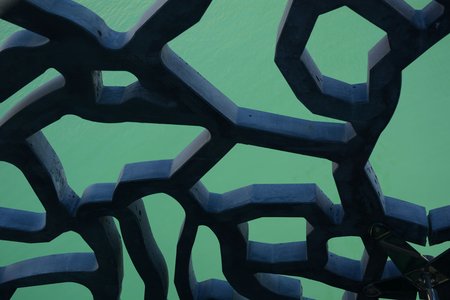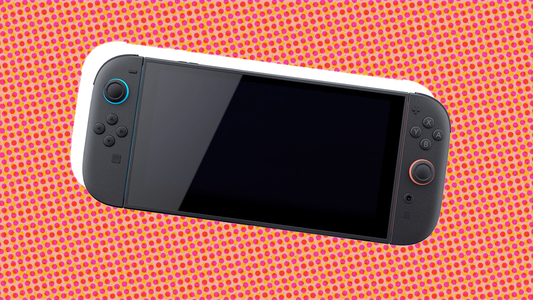Sonic Mania arrives this week. It's a paean to Sega’s mascot and his most popular games from the 90s. But this is not another stab by Sega at revitalizing Sonic’s legacy; it’s something altogether more interesting, the end result of a long path taken by hobbyist coders inspired by their old favorites.
Sonic’s new game was built by a team who dug into the very underpinnings of the hedgehog’s 16-bit classics. Gamasutra talked to Simon Thomley at Headcannon and Tom Fry at PagodaWest Games for insight into their methods, their relationship with Sega’s classics, and how porting retro console games to mobile phones helped prepare them build the most well-received Sonic game in ages.
***
In the early days of the App Store, ports of console games to phones proliferated. The name and title screen might have been the same, but once the action began the experience... fell apart. Virtual buttons, frame-rate issues, and low quality control made a mess of such classics as Mega Man, Pac-Man, and more.
So when Thomley and Melbourne, Australia-based developer Christian Whitehead helped deliver a note-perfect version of Sonic CD to the iPhone and Android stores in 2011, it was a revelation.

Sonic CD for iOS
"We had both wanted to work with the franchise for a long time."
Thomley had been making his own personal projects since 1995, building them from the ground up in C. Whitehead, a fledgling developer himself, was impressed and inspired by his work; he reached out to Thomley in 2000 and began a back-and-forth as they each built their own games.
It wouldn’t be until 2009 when the two collaborated on the Sonic CD project, which began as a kind of hail mary pass to get the attention of Sega. A video of an early prototype level “Palmtree Panic 1” got a lot of attention; the right people saw it, and soon Whitehead was in touch with Sega.
“We had both wanted to work with the franchise for a long time,” Thomley tells me. “Christian had recently shifted his focus to iOS development, and with Sega re-releasing their classics on mobile, Sonic CD seemed like an excellent opportunity to build a working relationship.”
.jpeg?width=520&auto=webp&quality=80&disable=upscale)
Sonic CD for iOS
"Instead of emulating the convoluted, archaic architecture of the Sega CD, Whitehead and Thomley studied the original game’s anatomy in order to re-build it using new materials."
Because that title was originally built on Sega CD hardware, Sega’s mobile division couldn’t use the same code base they’d used to bring other Genesis classics to the App Store.
Whitehead asked Thomley to help him with the demo, knowing his ability to build impressive games from scratch. “We had the capability to recreate it specifically for the platform,” Thomley says.
One reason the game succeeded beyond other ports was that it was built from the ground-up using a new, proprietary engine that Whitehead developed called the “Retro Engine.”
Instead of emulating the convoluted, archaic architecture of the Sega CD, Whitehead and Thomley studied the original game’s anatomy in order to re-build it using new materials.
The process was less Frankenstein’s monster and more Dolly the Sheep. Whereas previous Sonic games lumbered slowly and laboriously on mobile, Sonic CD was fast and zippy, a near-perfect clone of the original. And because they now had a modern language to write in, they could expand what the game could do, adding modes and features a modern player expects.

Sonic Mania
All that effort pays off. The fruits of this early labor are clearly seen in Sonic Mania, a game that feels like the original Genesis games but is expanded, polished, and remixed into something new. Just as young writers are asked to copy their favorites in order to understand the rhythm and feel of a beautiful sentence, developers can look to the very DNA of classic games to teach them how and why a game works.
***
"I've pretty much been researching for this project for the last 26 years."
Tom Fry, art director at PagodaWest, has been studying that same classic game DNA all his life. “I've pretty much been researching for this project for the last 26 years,”
No tags.


































